In Southern California, the only windmills you'll usually see are the wind power-generating ones, like on the windmill farms of Palm Springs or Tehachapi.
At least, that's been true since the last of the Van de Kamps coffee shops closed in the 1990s. (The last remaining windmill is now a Denny's in Arcadia.)
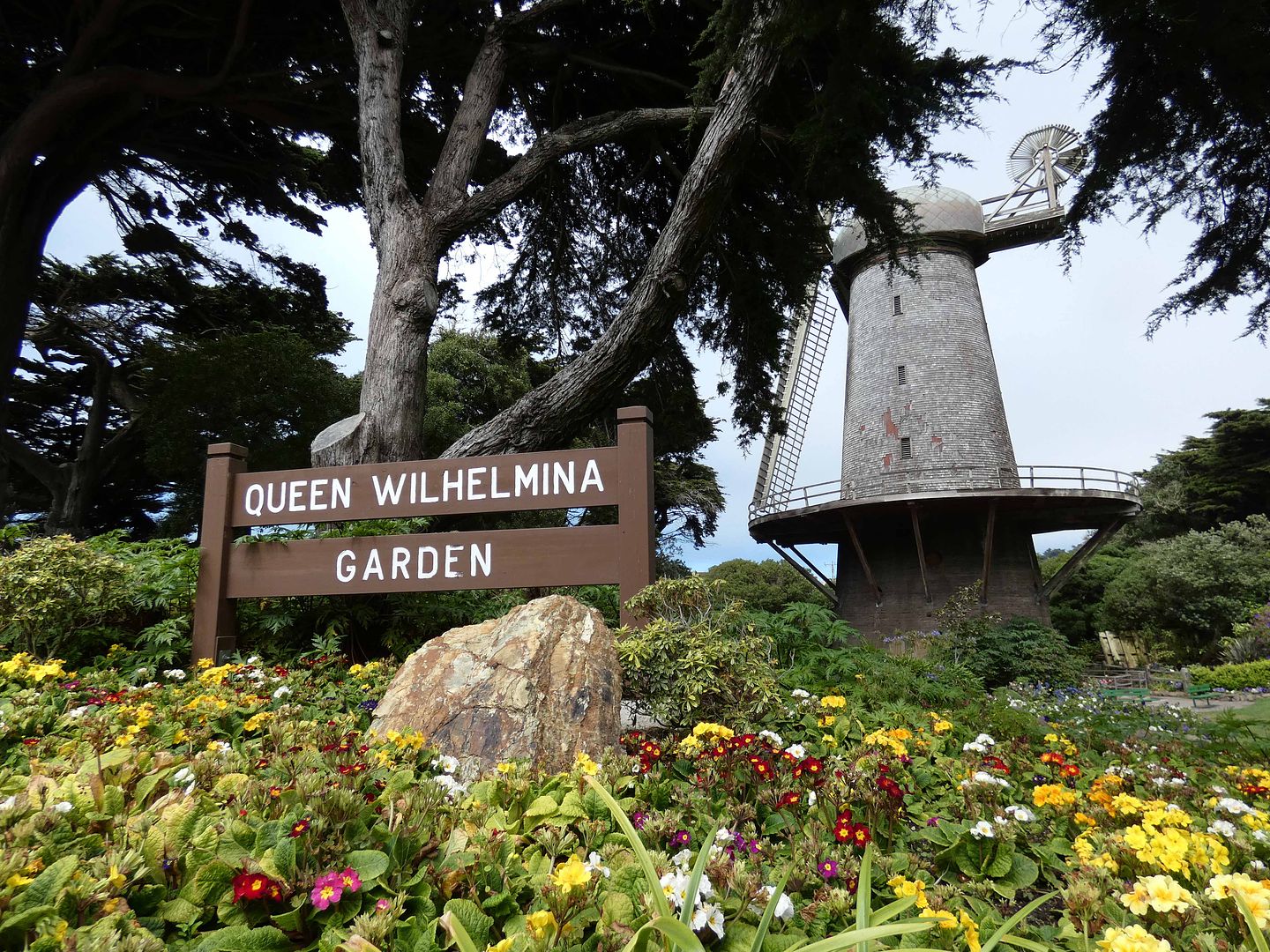
But in Northern California—specifically, San Francisco's Golden Gate Park—two windmills are alive and well, including the Northern Dutch Windmill built in 1902.
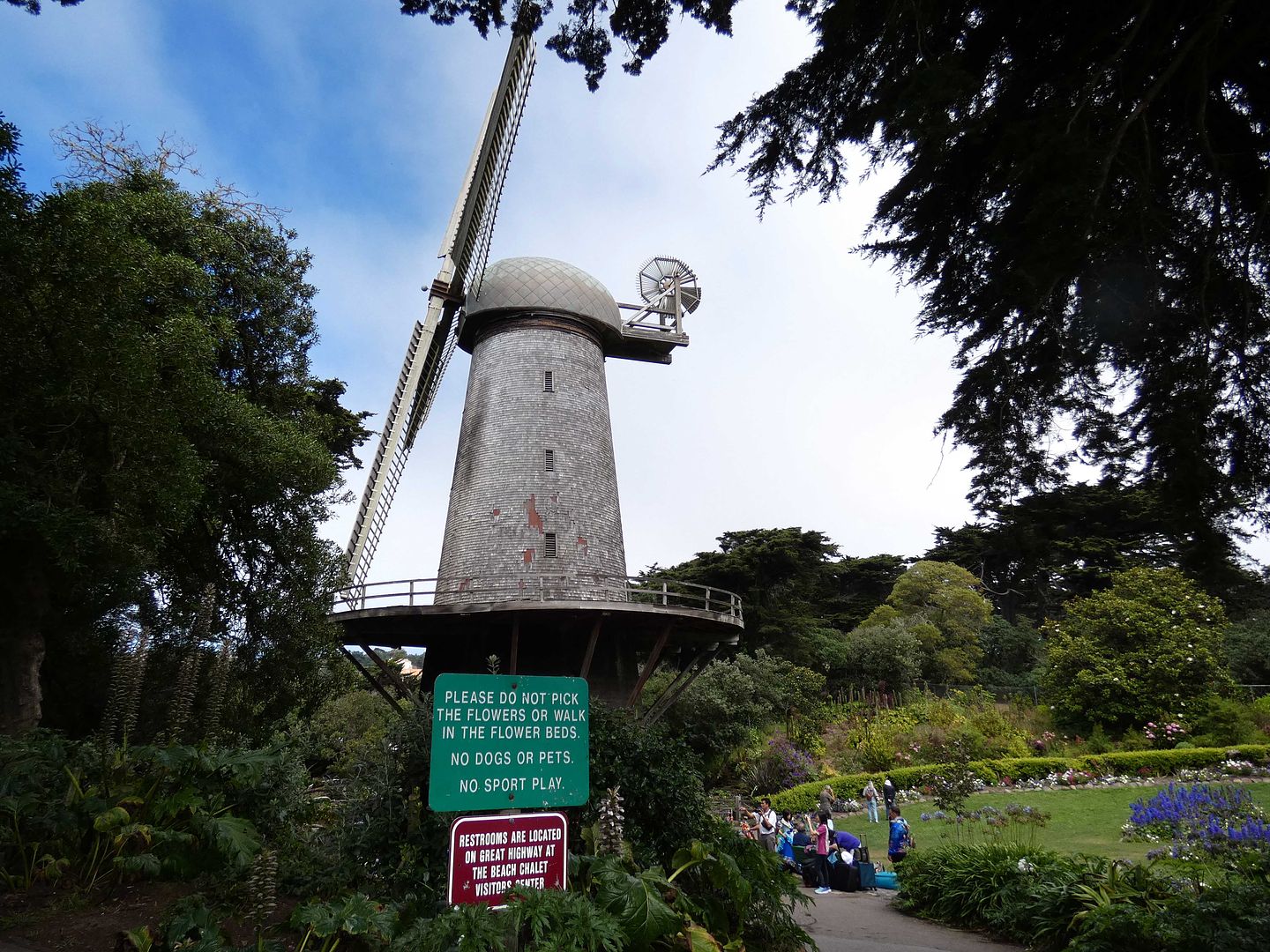
Surrounded by the Queen Wilhelmina Garden—named after the former queen of the Netherlands in 1962, the year of her death—this windmill was restored in 1981 after falling into ruin. At that point, it had been decades since it had been used to pump water into the park to fill its artificial lakes and irrigate its sprawling meadows, lawns, and gardens.
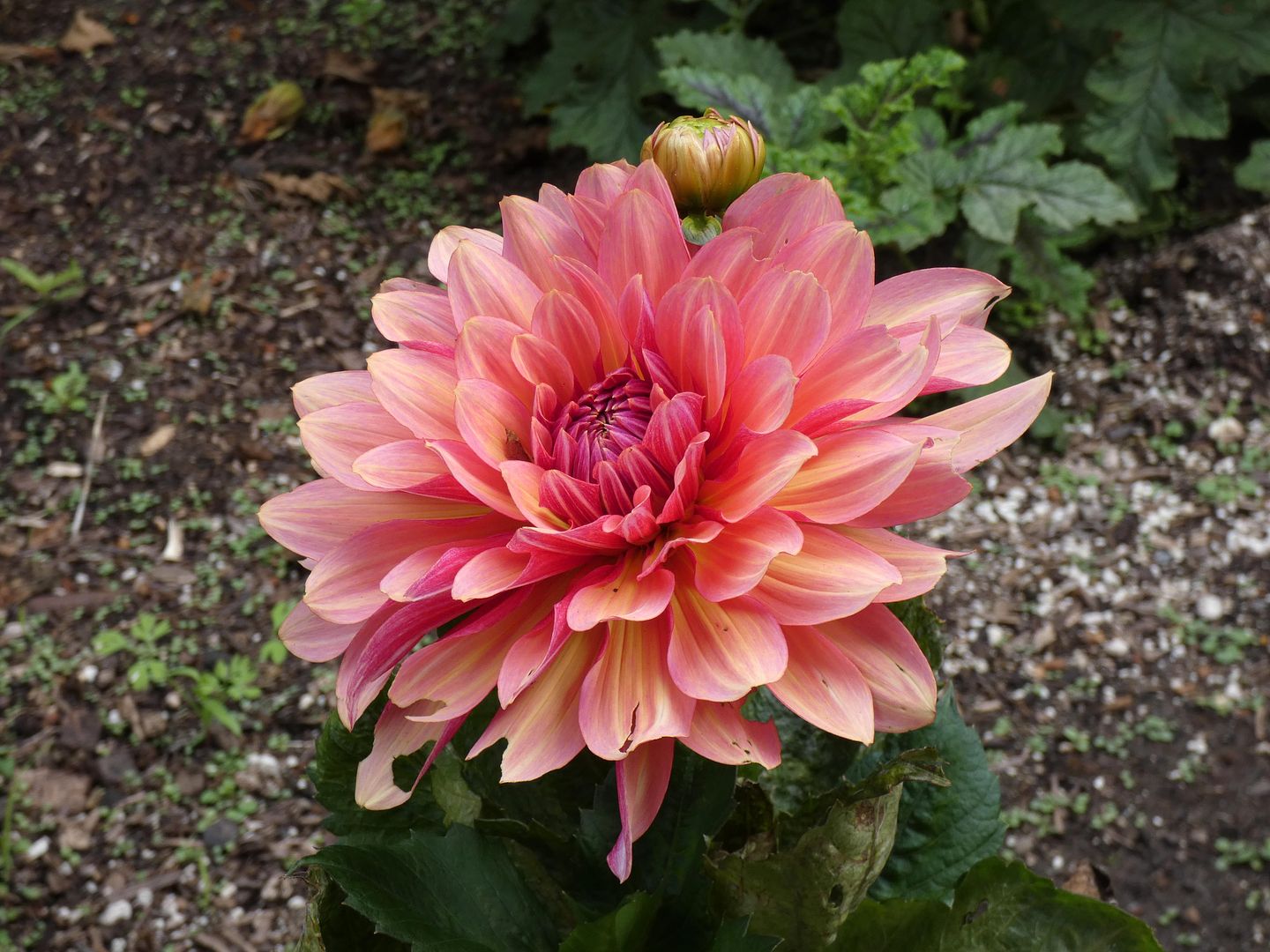
When Golden Gate Park was first imagined, the area was basically all sand dunes—and to make sure the newly-formed park didn't slip (or blow) into the Pacific Ocean, horse manure was brought in to create soil. And that soil needed to be watered in order to grow anything.

The parks department had been paying loads of money to the Spring Valley Water Company to bring irrigation in from the outside. The windmills would help bring groundwater up from a nearby aquifer.
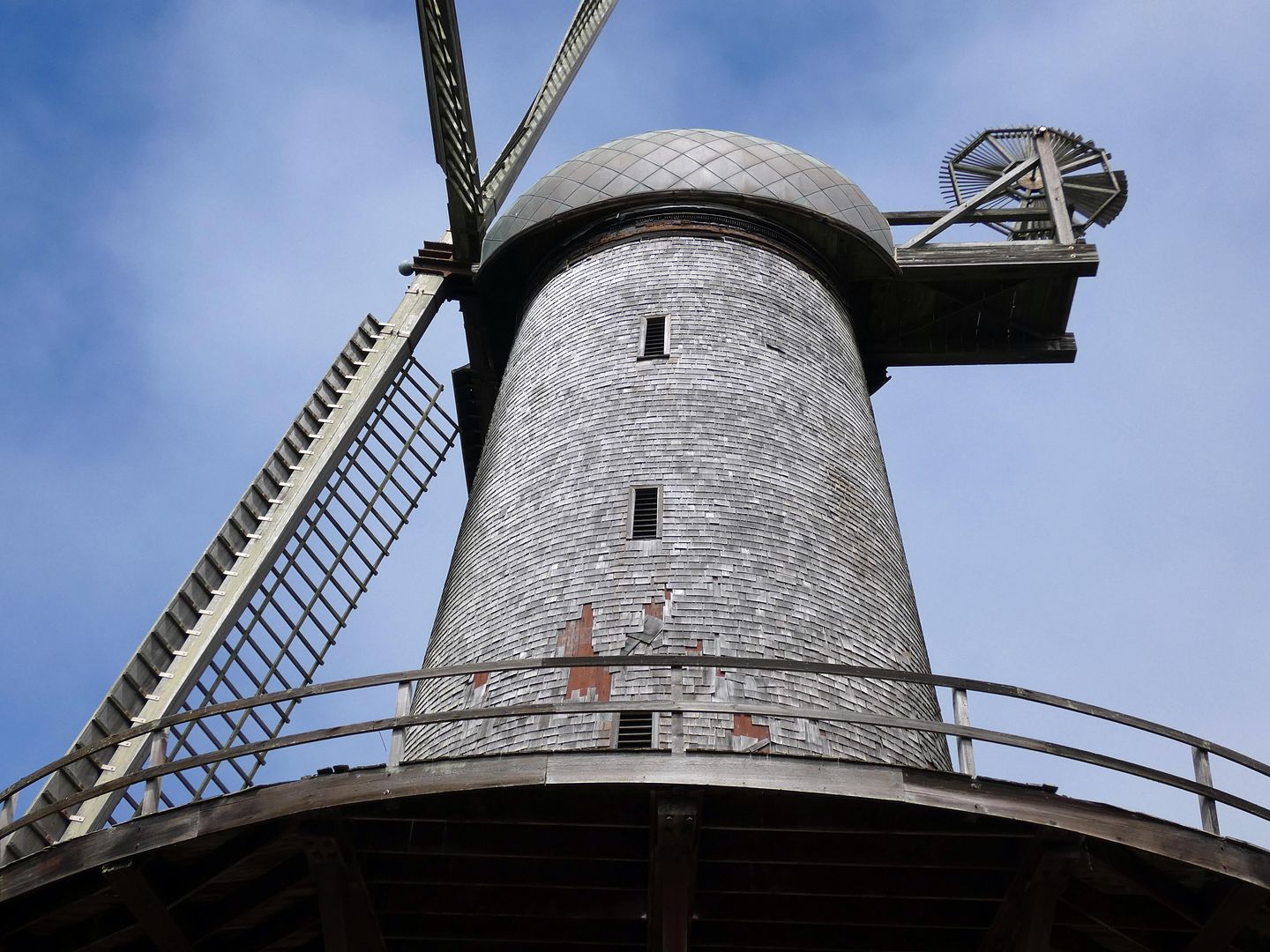
Standing 75 feet tall, with cedar shingles and blades (or "spars") measuring 102 feet in length, "Old Dutch" was designed by Alpheus Bull, Jr. It was powered entirely by wind (which can be a fickle, inconsistent thing) until it was motorized in 1913.
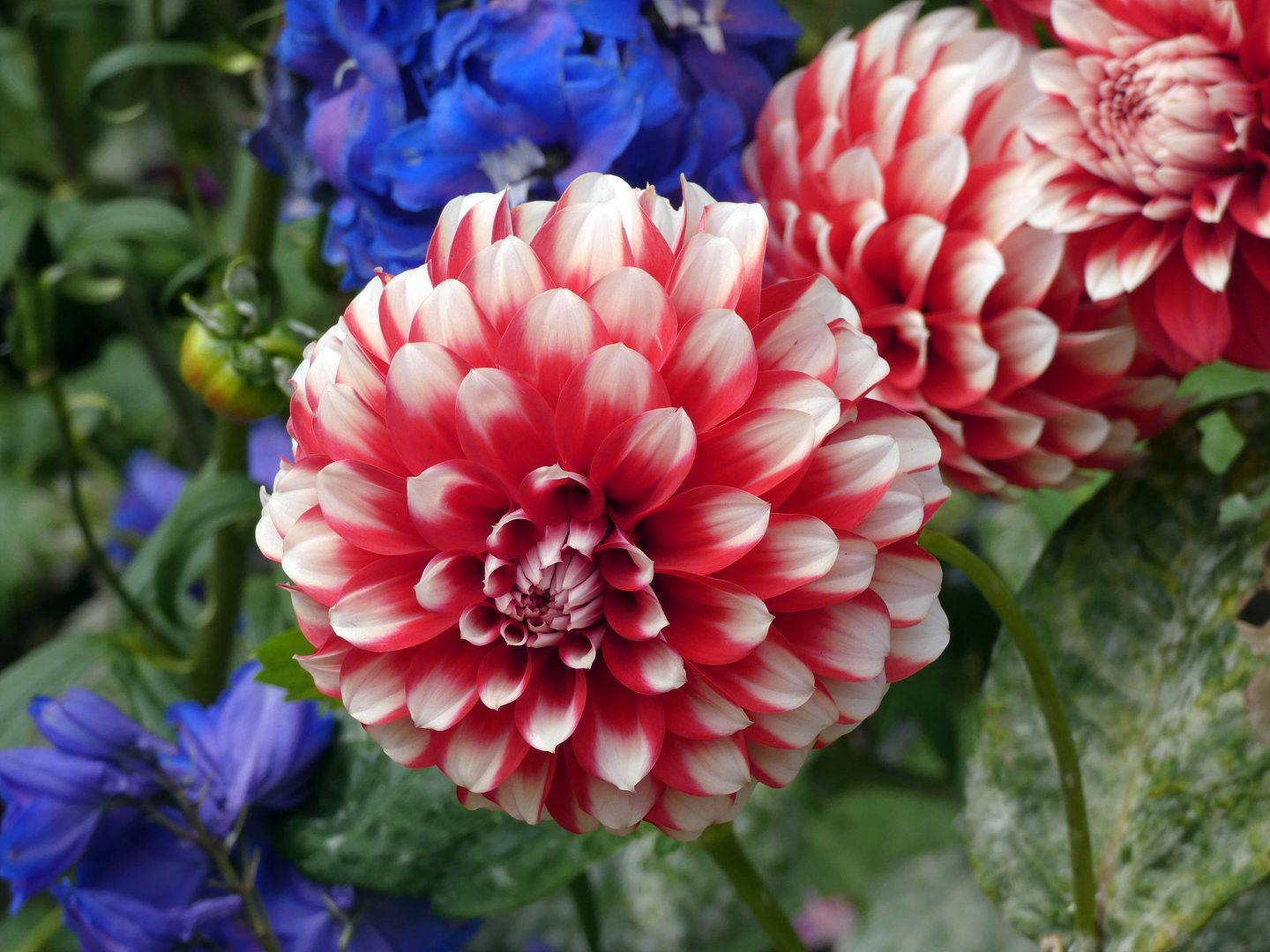
The surrounding garden was the work of Fresno-born horticulturalist Roy L. Hudson—and it's now home to a seasonal tulip bloom in the early spring (February through April).
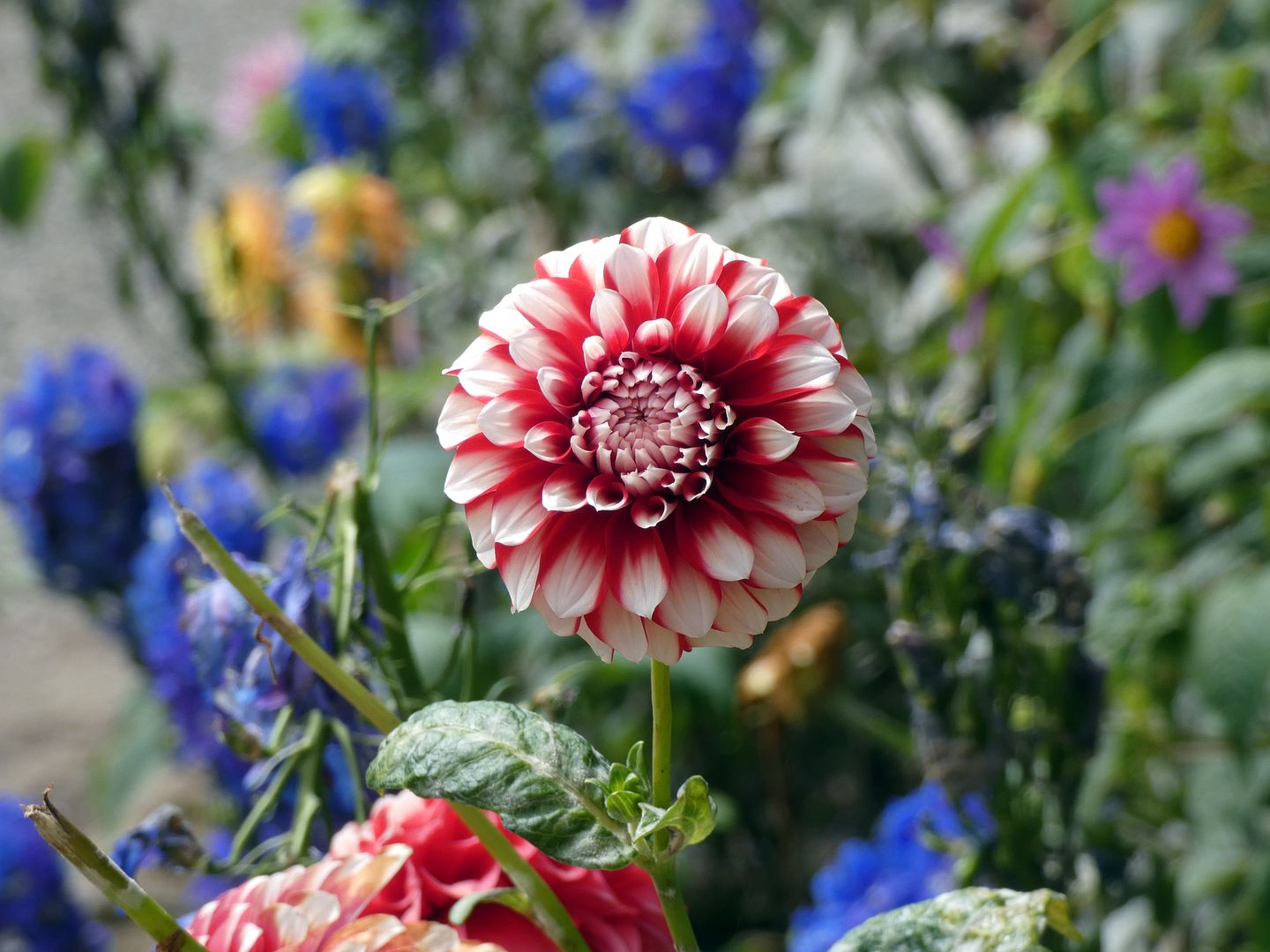
The rest of the year, you can find lots of dahlias...
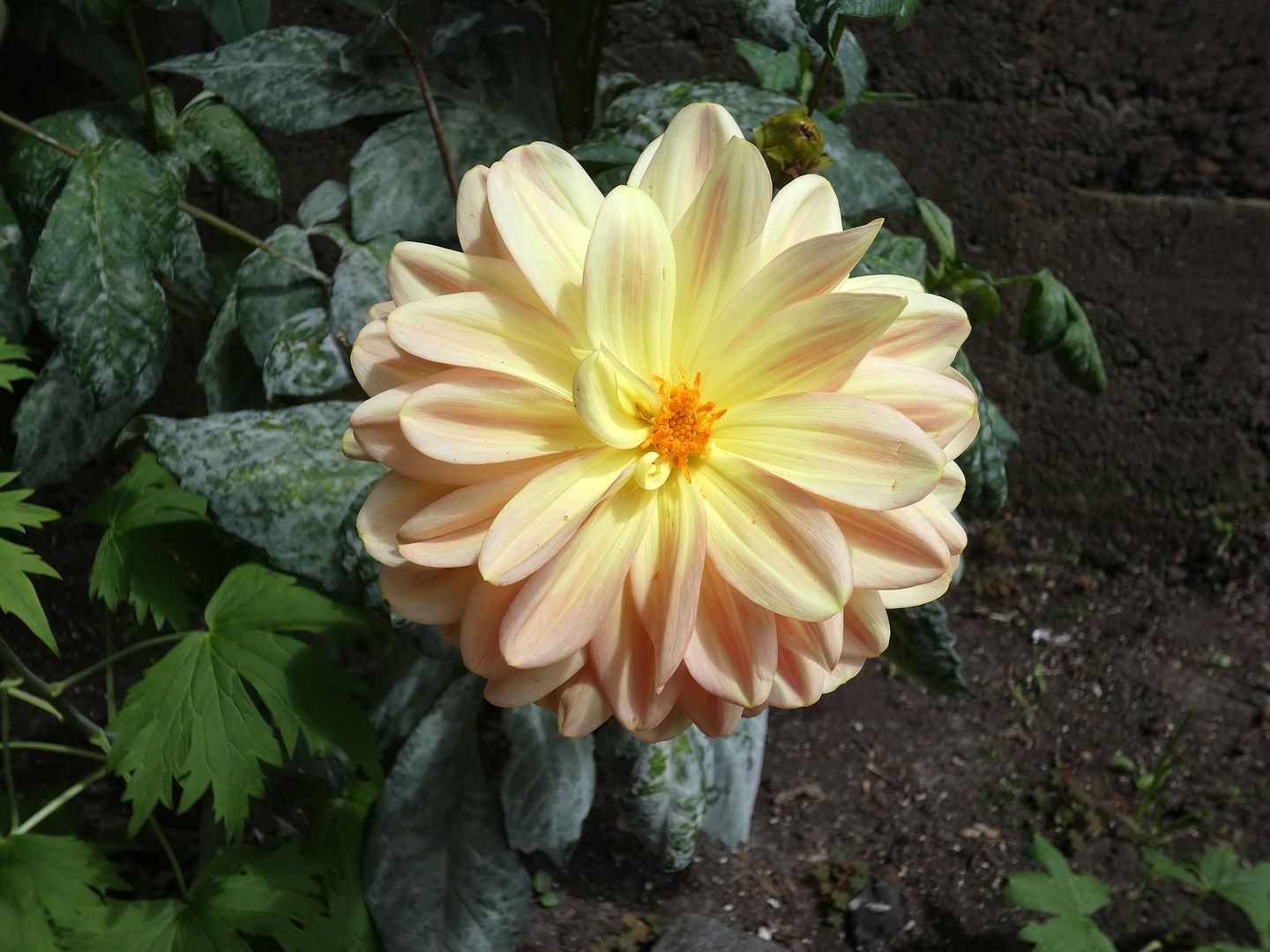
...as well as lilies, cosmos, delphiniums, and more.
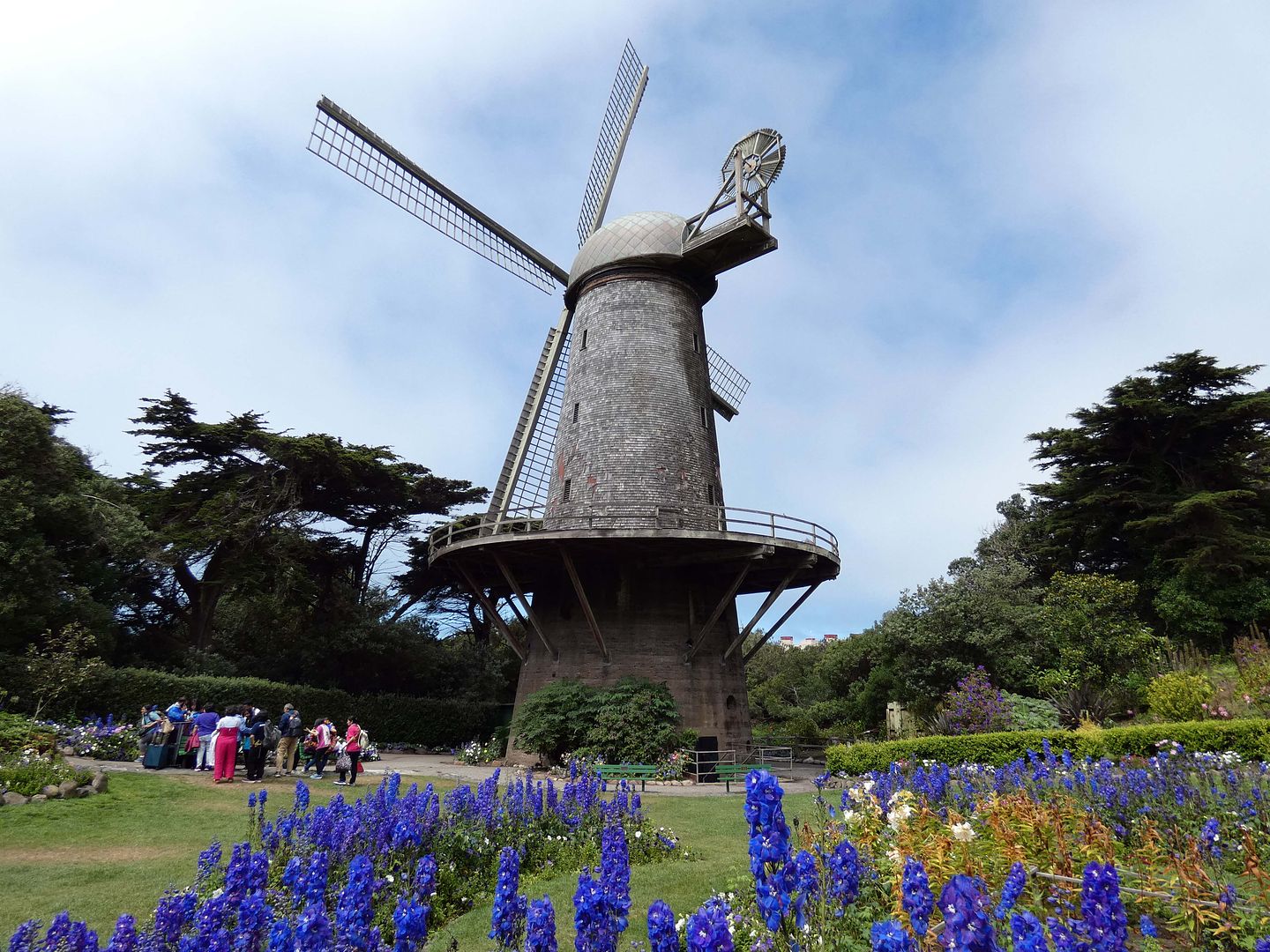
Unfortunately, with the advent of electrified pumps, the windmills became obsolete—and were even stripped during the material shortages of World War II.
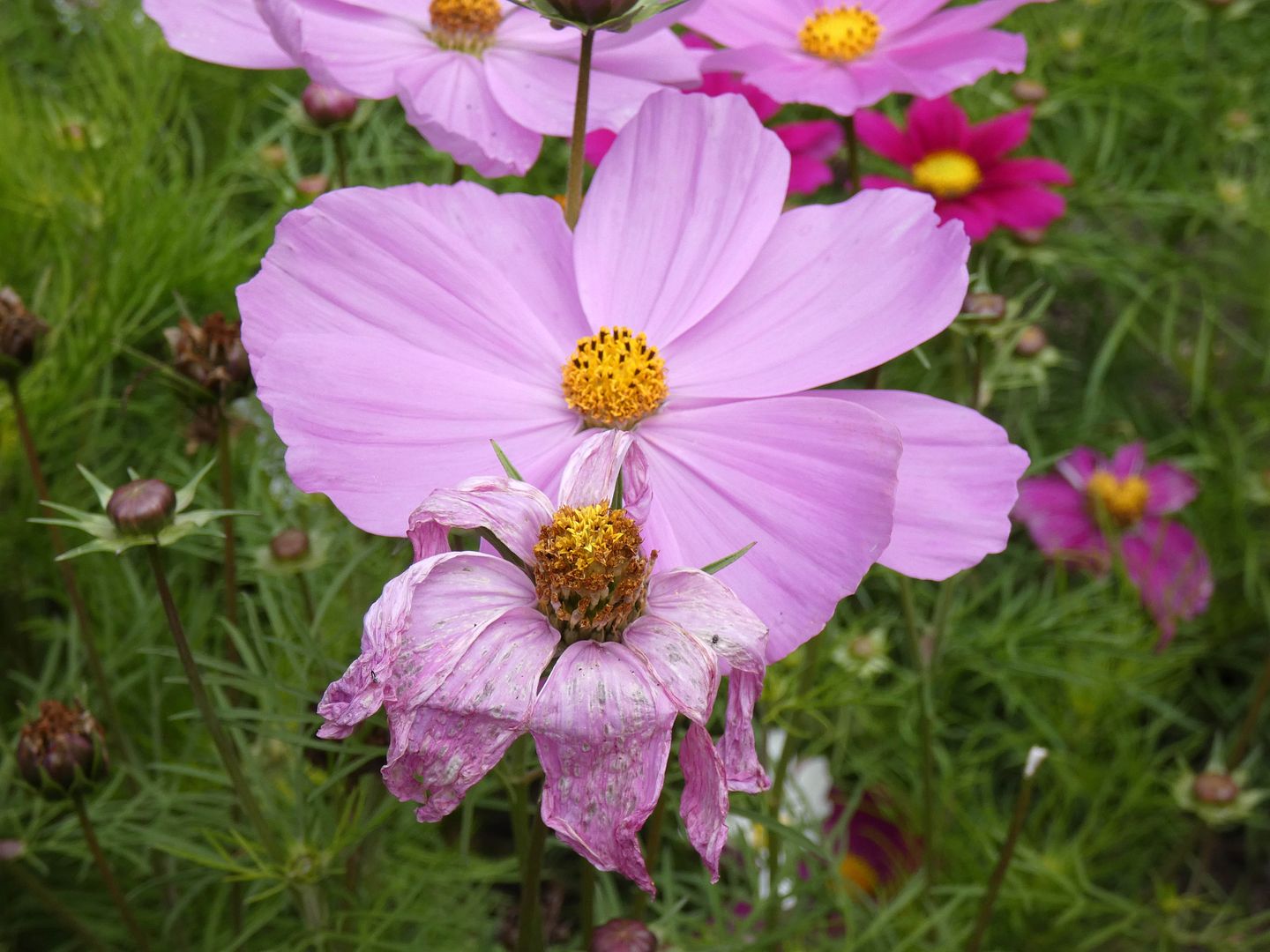
Fortunately, a woman (and daughter of a former San Francisco mayor) named Eleanor Rossi Crabtree fondly remembered the windmill from her childhood and initiated a preservation campaign in the 1960s and led the Windmill Restoration Committee to save the landmark, which had been completed the same year she was born.
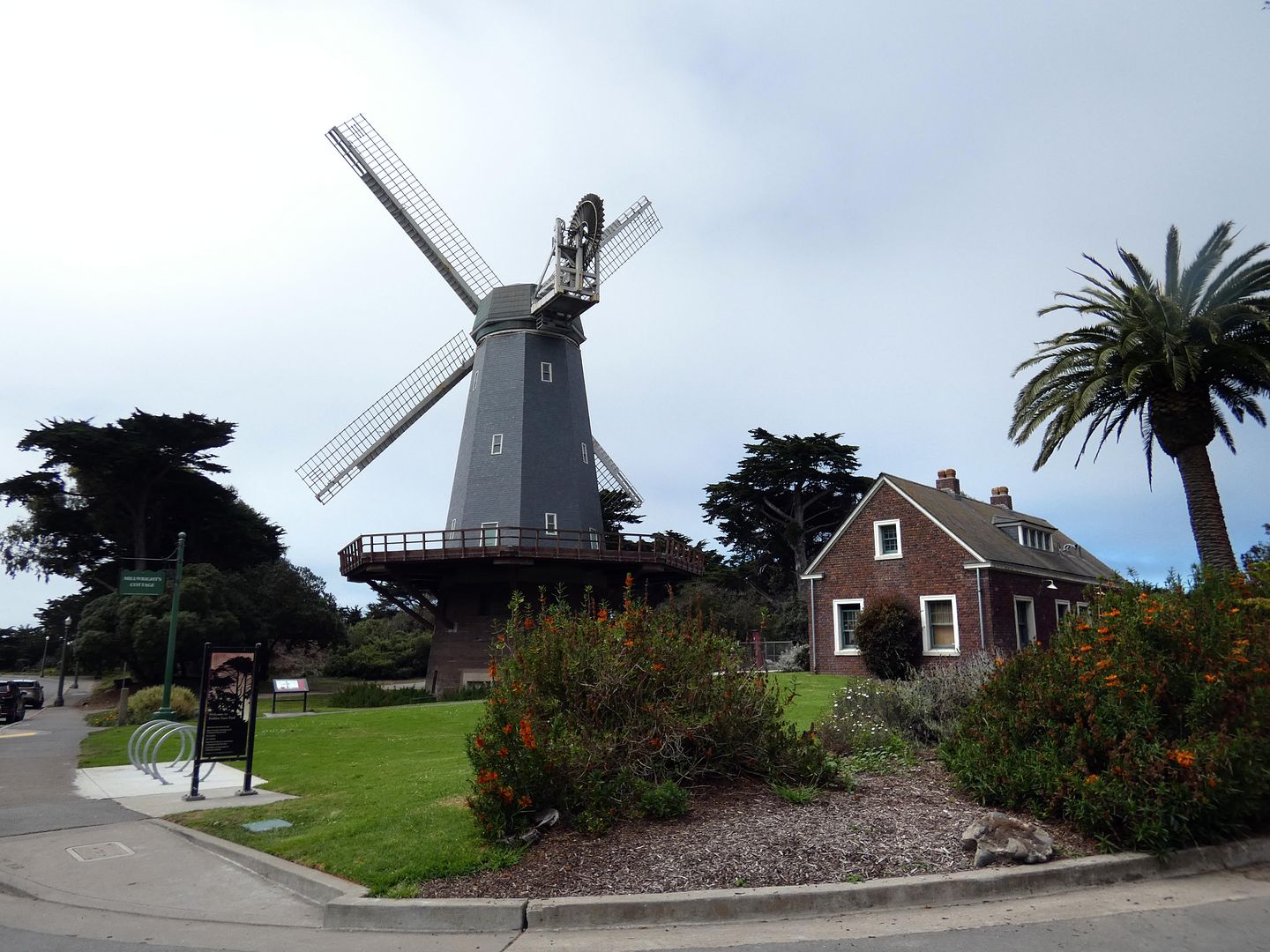
That restoration effort was supposed to also take on Golden Gate Park's second windmill, on the south end of the park. But rising costs couldn't cover both windmills—so this one got dropped from the program.
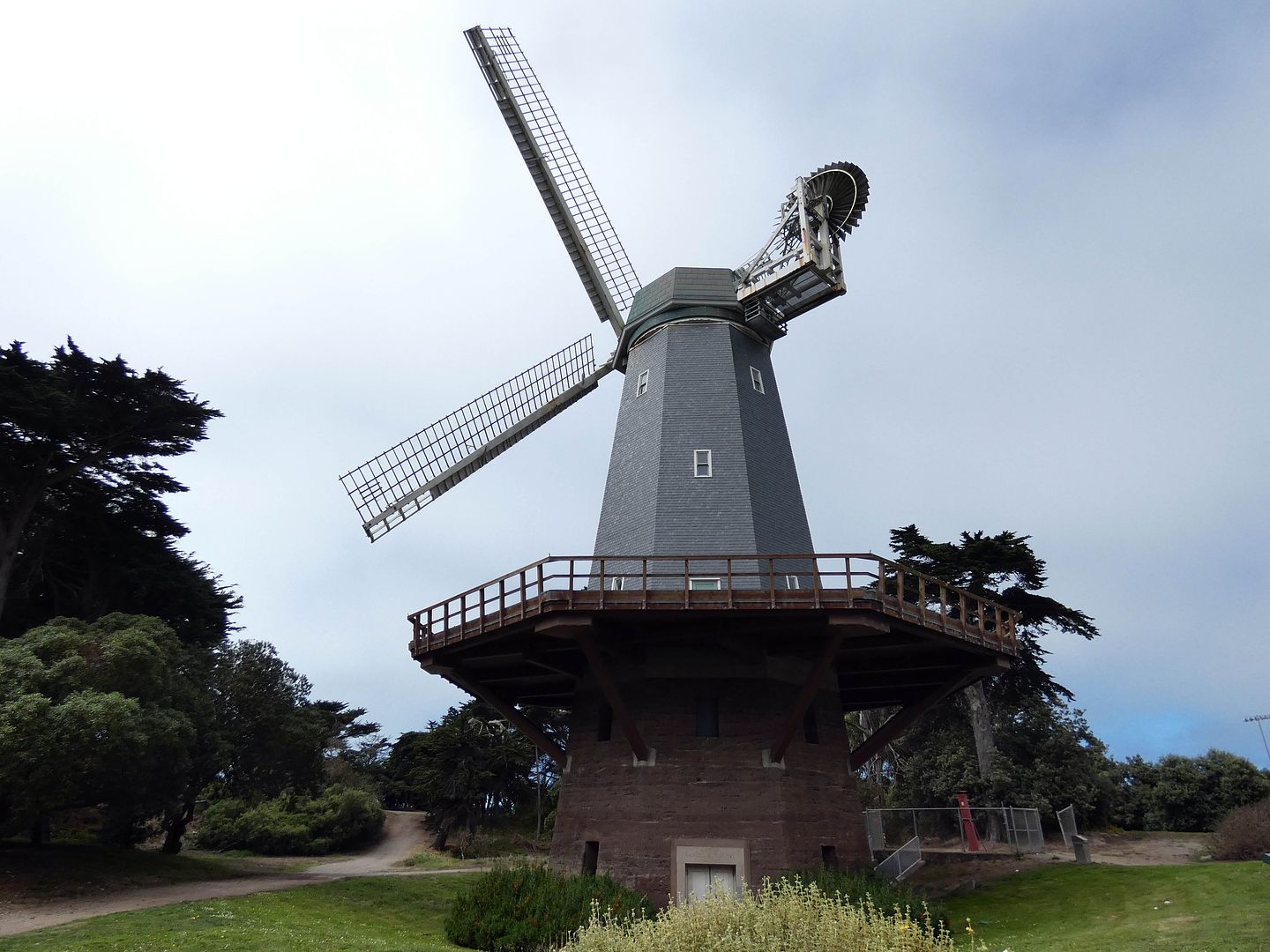
It had already needed restoration once, in 1947, which included the replacement of two of its 114-foot blades.
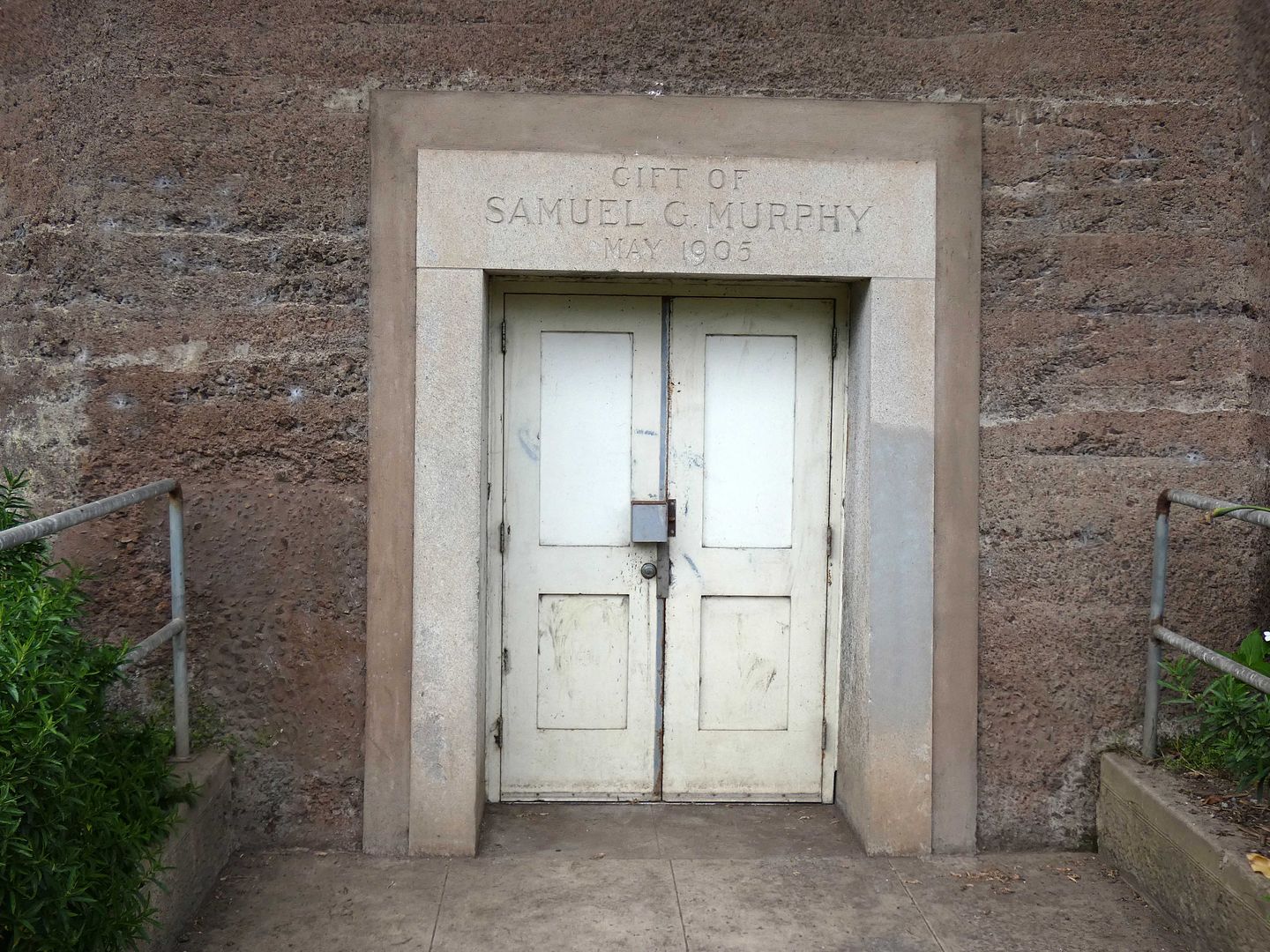
That was more than 40 years after its completion in 1907, designed by engineer J.C.H. Stut and funded by local banker Samuel G. Murphy—hence its name, the Murphy Windmill.
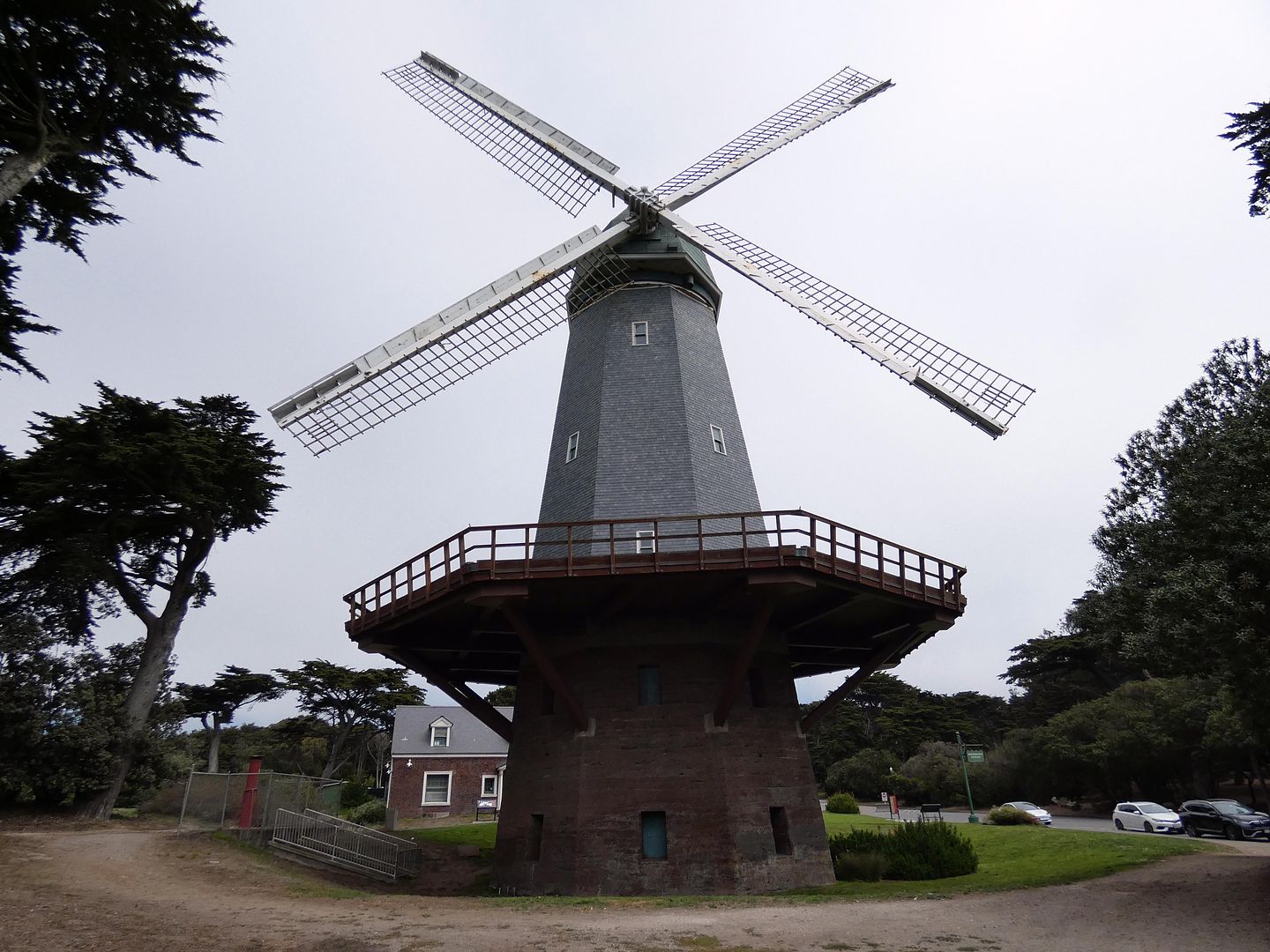
This one, standing more than 95 feet tall, had twice the pumping power of the first Dutch Windmill—with an output of 40,000 gallons per hour under good wind conditions. But unfortunately, it met the same fate as its sibling to the north and was put out of commission.

Unlike the North Windmill, however, this one still has some mechanisms—gears and a drive shaft, now refurbished—inside its dome, whose copper-clad cap was restored between 2002 and 2011. And the plan is for it to actually work once again.
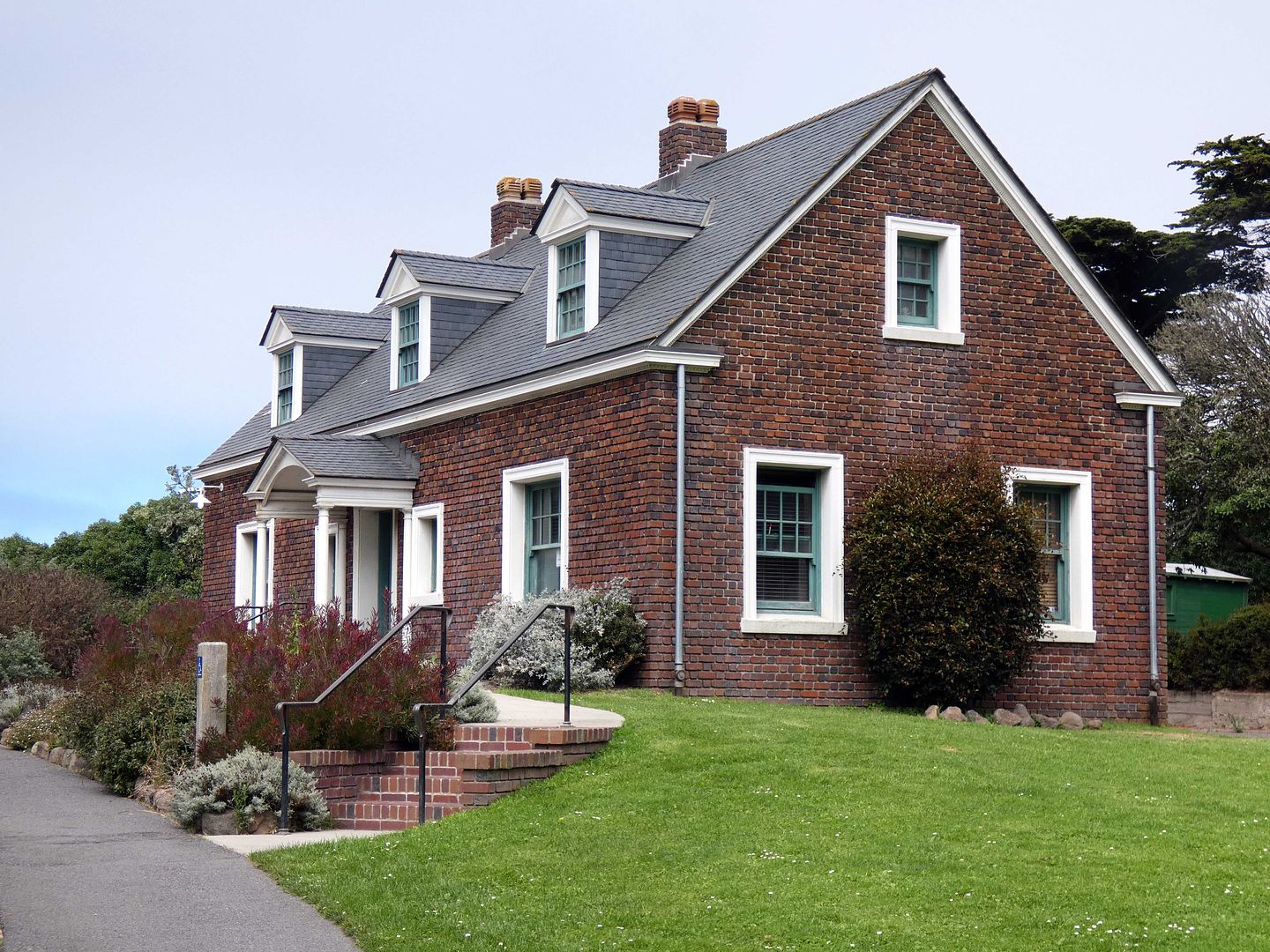
Also remaining is the original residence for the windmill keeper (a.k.a. the Millwright’s Cottage), circa 1909, although it's currently closed to the public.
To see the Murphy Windmill in working order, watch this scene from Charlie Chaplin's A Jitney Elopement in the player above.
Related Posts:

No comments:
Post a Comment